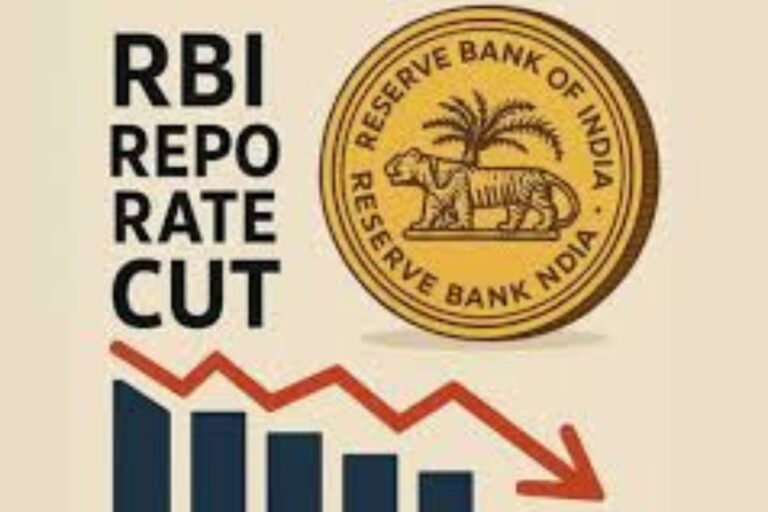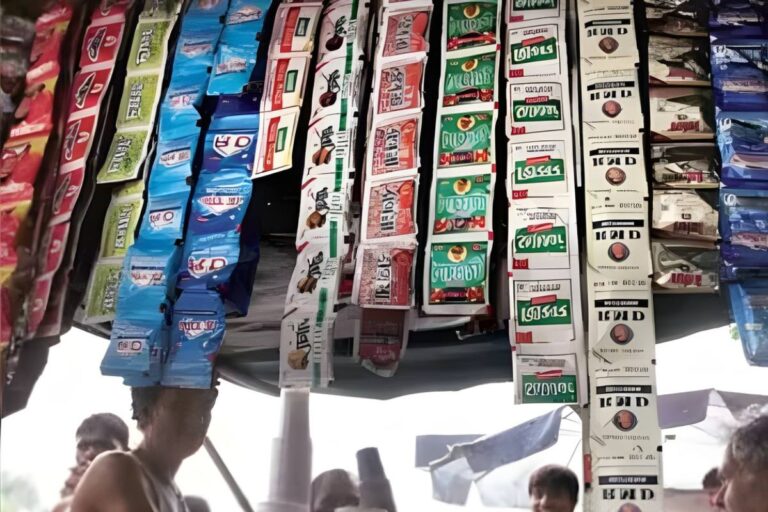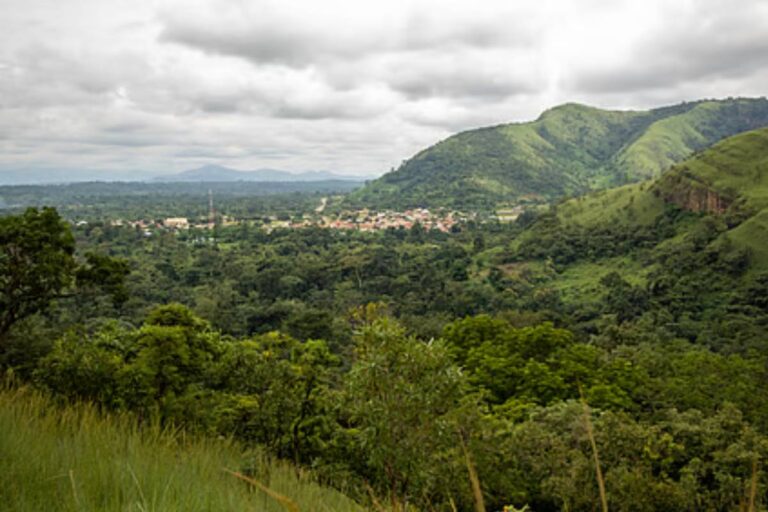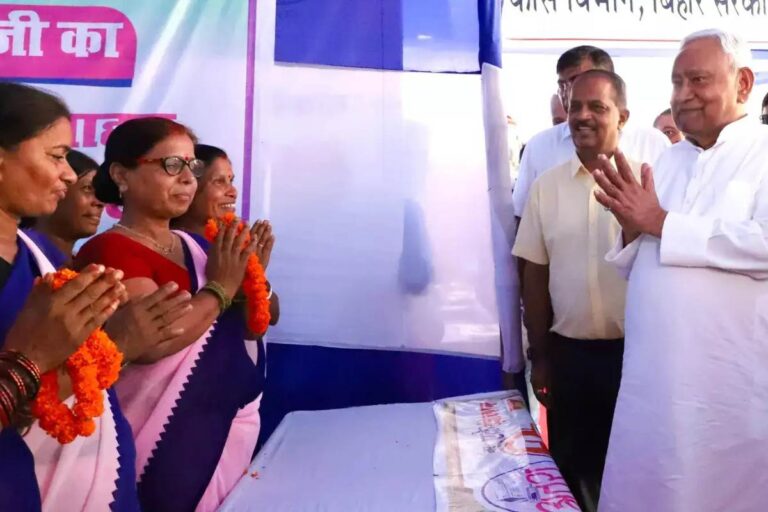Textile Industry Faces Tough TimesBut Policy Shifts Bring a Flicker of Relief
India’s government has scrapped its 11% import duty and the Agriculture Infrastructure and Development Cess (AIDC) on effective August 19 and set to continue until September 30. And while that tweak might sound like a minor technical adjustment on paper, in practice, it’s a high-stakes move aimed squarely at protecting India’s massive textile industry from mounting international pressure. Here’s the kicker: U.S. tariffs on Indian textile exports are about to jump, and this pivot on cotton import policy is as much a defensive play as it is an economic necessity.
Textiles have always been more than just fabric and thread for Indiathey’re a mainstay of employment, with millions depending on the sector for their livelihoods; a vital export engine; and, sometimes, a flashpoint of economic anxiety. Right now, with incoming U.S. tariffs threatening jobs and export orders across the subcontinent, the stakes couldn’t be higher.
Let’s pull back the curtain. What’s going on? How did we get here? And will this move do the trick, just delay the pain? Settle in. We’re telling the story in detail.
Understanding the Policy Pivot: What’s Changing and Why?
Immediate Removal of Import Duties
- Effective August 19, India has eliminated the 11% import duty and AIDC on raw cotton imports.
- The measure will run through September 30, offering just over a month of tariff-free cotton access.
Now, those dates aren’t random. They come at a moment when U.S.–India trade tensions are running high, and the textile sector is scrambling to maintain its grip on export markets.
Why Cotton? Why Now?
India’s Finance Ministry took this step to “ease pressure” on India’s textile manufacturers, whoin the face of rising U.S. dutiesare seeing profit margins squeezed from both sides: higher input costs at home and tighter export pricing abroad.
Let’s be clear: cotton isn’t just any crop in India. The textile sector is the second-largest employer after agriculture and relies heavily on raw cotton as its primary input. Fluctuations in raw cotton prices, whether from poor harvests, supply issues, oras nowtrade disruptions, quickly cascade into job losses and factory slowdowns.
U.S. Tariffs: The Looming Threat to India’s Textile Exports
The Tariff Timeline
- On July 30, the U.S. announced a 25% “reciprocal” tariff on Indian goods.
- Just weeks later, effective August 27, an additional 25% levy was imposeddoubling the rate for Indian exports to the U.S. to a punishing 50%.
That, if you’re keeping track, is a rate hike of historic proportions.
Why Does It Hurt So Much?
Because the U.S. isn’t just another trade partner. It’s India’s largest market for textiles and ready-made garments. In 2024, almost a third33%of India’s total garment exports were shipped to the United States.
Some numbers to make the picture clearer:
- Cotton T-shirts: representing 9.7% of all Indian exports to the U.S.
- Women’s cotton dresses: 6.5%.
- Babies’ cotton garments: 5.5%.
It doesn’t end there. Home textiles and carpetsthink towels, bed sheets, and rugssend over 60% of their exports to American buyers. Those segments alone represent thousands of manufacturing units and millions of workers, both skilled and semi-skilled.
And with tariffs on these products now at 50%, India’s textile sector faces an uphill battle to remain competitive.
The Wider Competitive Landscape: India vs. the World
Look. India’s not the only player in the global garment and textile trade. But the new U.S. tariffs put Indian exporters at a clear disadvantage compared to some of their biggest Asian competitors.
- Bangladesh faces a 20% U.S. import duty
- Vietnam: 20%
- Indonesia: 19%
- Cambodia: 19%
India, after these latest moves, is alone at 50%.
That’s not just a marginal difference’s a chasm. The worry is obvious: if Indian ready-made garments, home textiles, or carpets become noticeably more expensive than Bangladesh or Vietnam, U.S. consumers and retailers may simply buy elsewhere. That’s not speculation’s how markets work.
Voices from the Industry: Relief, But With Reservations
The response from India’s textile industry has been a mix of cautious optimism and realismlaced with reminders that the current fix is temporary.
- The “duty waiver” was welcomed by the Confederation of Indian Textile Industry (CITI), which highlighted that, for now, it narrows the gap between domestic and international cotton prices.
- But, here’s the thing: The Indian textile lobby also cautions that the removal is short-lived. Actual relief from global cost pressure requires either long-term market interventions or, ideally, a reversal of U.S. tariffs.
As one industry association put it: “This relief is temporary. Cost issues could return, particularly if international prices shift or the U.S. takes even tougher positions.”
How Did We Get Here? A Look at the Backstory
India and U.S.: A Long and Complicated Trade Dance
Funny thing is, India and the United States have spent decades trading textilessometimes as partners, sometimes competitors. While both sides have long benefited from the trade (India gets jobs and export earnings; America gets world-class, affordable apparel), the relationship has always had its share of friction.
Disputes over labor standards, intellectual property, and most persistently have bubbled up every so often, only to be dialed back as negotiators hammered out temporary solutions.
This time around, though, the stakes feel particularly high. Both economies are rebounding from the disruptions of the COVID-19 pandemic. Rising inflation and shifting consumer demand in the U.S. have created new challenges that Indian exporters are now paying the price for, literally.
Tariffs as Policy Tools and Weapons
Tariffs aren’t just boring economic levers; they’re also tools for broader policy goalspolitical, economic, sometimes personal. The U.S. government, citing everything from domestic industry protection to enforcement of “reciprocal” terms, periodically hikes tariffs on major imports, including textiles.
India’s move to drop the import duty on cotton can be seen as the government’s attempt to, if not match, at least compensate for the external shockmaking sure Indian manufacturers have at least one input cost they no longer have to bear.
What the Duty Removal Mean on the Ground
For Textile Manufacturers
- Lower input costs (at least temporarily): With duties removed, Indian garment and textile units can import cotton at world prices, reducing the cost base for new orders.
- Price alignment: By closing the gap between international and domestic cotton prices, manufacturers are better positioned to quote competitive prices to overseas buyers.
For Farmers and Cotton Producers
This is where things get a little murky. Indian cotton growers may see prices stagnate or even decline as cheaper imports flood the market. Although the move brings relief to textile mills, it adds uncertainty for the farming community, already reeling from changing weather patterns and global price volatility.
For Exporters
- Possible stabilization: If lower input costs can partially offset the sting of U.S. tariffs, exporters might retain market share in the short term.
- But the clock’s ticking: The duty-free window is short, just over a month. There’s real pressure to process and export as much as possible before the measure sunsets.
The Big Picture Economic Impact
Let’s zoom out because no single sector operates in isolation.
- Employment: The textile sector, directly or indirectly, employs over 45 million people in India. An industry slowdown, even temporary, can mean layoffs, wage cuts, or underemployment for hundreds of thousands.
- Foreign Exchange: Textiles are one of India’s top export earners. Shrinking export orders translate, very quickly, into weaker foreign currency reservessomething policymakers watch closely.
- Regional Economies: Many textile hubsTiruppur, Surat, Ludhiana, Panipatare single-industry towns, meaning any dip in business ripples through the local economy: from transporters to food vendors, dyers to mechanics.
Policy Measures: What Has the Government Tried Before?
This isn’t India’s first rodeo with cotton duties:
- In previous years, import duties have been adjusted both to protect farmers (by raising duties) and to help manufacturers (by reducing them).
- The challenge is always the same: how to balance the needs of rural producers with those of industrialists and exporters.
Temporary duty reversals, like this one, are blunt tools by necessity. They buy time for manufacturers to regroup, for exporters to negotiate, and for government-to-government talks (which often drag on) to play out.
International Reactions and Future Scenarios
Will America Blink?
Most policy experts don’t expect immediate reversals from the U.S. Trade Representative. If past is prologue, the U.S. may use the higher tariffs as leverage in ongoing trade talks, pushing India for more market access or concessions elsewhere.
Other Exporters
Countries like Bangladesh and Vietnamalready strong in garment exportsstand to benefit. Their lower tariff rates make their products more attractive to U.S. buyers, at least in the near term.
Possible Outcomes
A few scenarios are possible over the coming months:
- Negotiated settlement: India and the U.S. strike a deal sides reduce or eliminate punitive duties, restoring the previous playing field.
- Prolonged stand-off: The higher U.S. tariffs remain, forcing Indian exporters to either accept lower margins or lose market share to Asian rivals.
- Further interventions: The Indian government, seeing continued pain, extends the duty-free window or explores cash subsidies to exporters.
Industry Recommendations: What Comes Next?
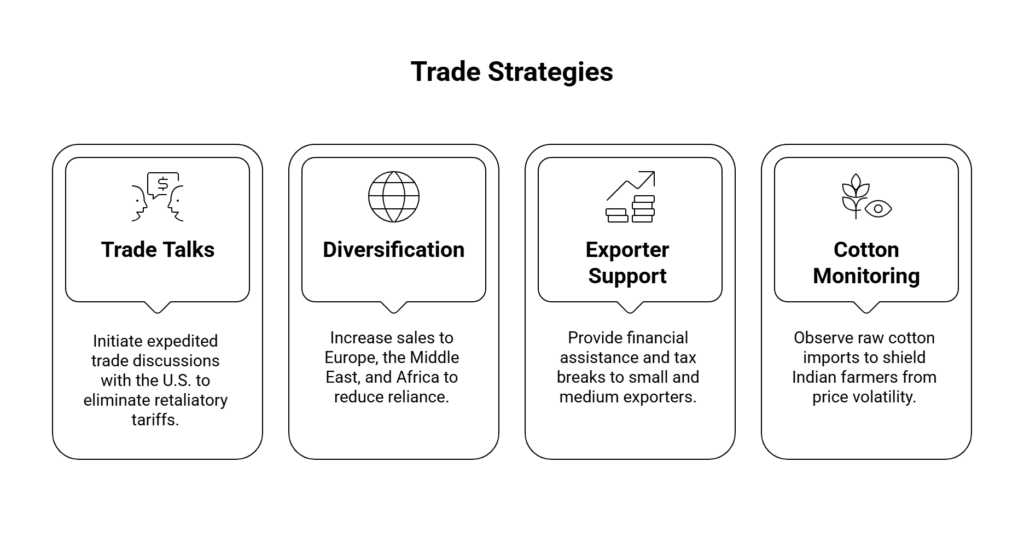
Indian industry bodies aren’t just sitting on their hands. Here are some of the steps they’re recommending:
- Seek fast-track trade talks with the U.S. to roll back “reciprocal” tariffs.
- Ramp up diversification: more sales to Europe, the Middle East, and Africa.
- Support small and medium exporters with working capital and tax relief for the tariff period.
- Monitor raw cotton import surges to protect Indian farmers from price shocks.
Quotes from the Marketplace
A senior executive at a Mumbai-based export house captured the mood: “We’re in a race against time. The government did the right thing by dropping duties, but unless the U.S. changes its stance, we’re working with a ticking clock.”
Another industry veteran had this to say: “What we need is predictability on both the input and export front. Right now, all we have is uncertainty, and that’s the real killer in a business built on long-term contracts.”
Conclusion: A Critical Juncture for Indian Textiles
India’s decision to remove import duties and cesses on cotton is, by every measure, a well-calculated attempt to soften at least for the economic blow of U.S. tariffs. But if I’m honest, it’s a bandage on a much bigger wound.
Over the next several weeks, you’ll see the industry scramble: buying cotton, negotiating contracts, hustling to fulfill orders before deadlines shift again. Some will make it; others may fall behind. What happens after September 30? That’s the million-dollar question.
If one thing’s clear, it’s this: Indian textiles are at a crossroadscaught between global political winds and the demands of dozens of millions of workers at home.









